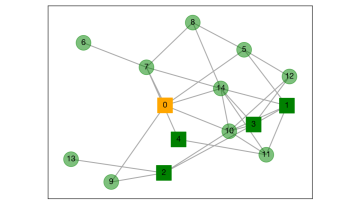Algorithmic Collusion
Abstract
I will discuss the following papers in my talk:
(1) Protecting consumers from collusive prices due to AI, 2020 with E. Calvano, V. Denicolò, J. Harrington, S. Pastorello. Nov 27, 2020, SCIENCE, cover featured article.
(2) Artificial intelligence, algorithmic pricing and collusion, 2020 with E. Calvano, V. Denicolò, S. Pastorello. AMERICAN ECONOMIC REVIEW, Oct. 2020.
(3) Algorithmic Collusion with Imperfect Monitoring, 2021, with E. Calvano, V. Denicolò, S. Pastorello


